What is Solana (SOL)? Solana Price, News, and More (SOL)
Solana
If you are part of the cryptocurrency community for longer than a few hours, you’re likely to hear about Solana. But what is this blockchain project that has taken the industry by storm? Here, you can learn everything you need to know, from the basics of the project, its token and what purpose it serves, where you can buy it, and more.
Market Cap
Volume 24h
Circulating Supply
$15,676,227,590
$861,528,681.74
337488063.0 SOL
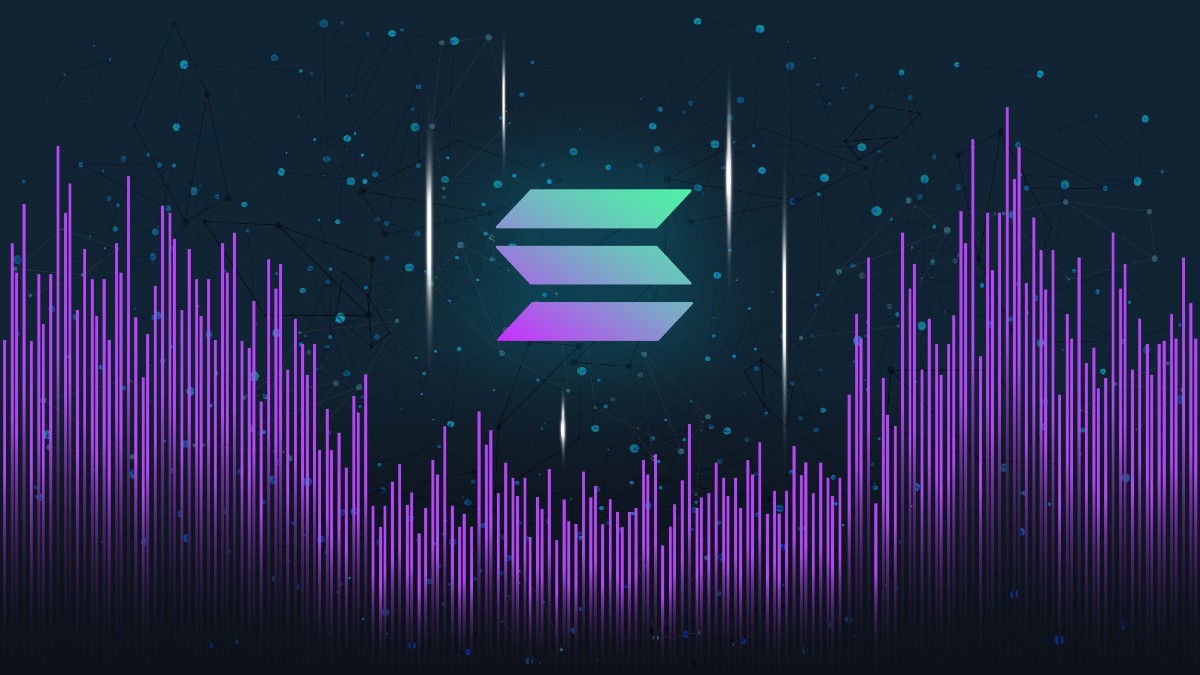
What is Solana (SOL)?
Let us start from the basics: Solana is an open-source blockchain that aims to provide a fast, scalable and advanced marketplace and platform for decentralised applications (dapps). Often dubbed the “Ethereum killer”—as are most similar projects—it tackles the issues that plague Ethereum and other Proof of Work-based blockchain projects by opting for a different consensus algorithm and making other improvements in all aspects perceived as weaknesses in their competitors.
Solana was first envisioned in 2017 by Anatoly Yakovenko, who was an executive at tech company Qualcomm before that, so he already had extensive experience in distributed systems and decentralization prior to starting the project. He was joined by Greg Fitzgerald, formerly the Chief Technology Officer and, as of August 2021, advisor of Solana Labs, and Eric Williams, now Chief Scientist, in creating the network.
The project first launched in 2020, three years after it was conceived. It addresses the issues of other blockchains by combining two consensus mechanisms: Proof of Stake and Proof of History. Proof of Stake requires decision-making participants in the network, or validators, to stake some of their token holdings before they can make decisions; making good decisions rewards them, while making bad ones that go against the health of the network is punished by taking their stake away.
Learn more: What Is Proof-of-Stake?
However, Proof of Stake can run into issues when the correct order of transactions has to be determined. This is where Proof of History comes in. With so many participants in different time zones, a decentralized system is hard-pressed to find a single way to timestamp transactions in order to keep them organized. Instead of trusting any given timestamp, Solana’s Proof of History algorithm just proves something has happened before and after other events. In other words, it creates a historical record that proves that an event has occurred at a specific moment in time. According to Yakovenko, this ensures that their blockchain is much faster than other Proof of Stake alternatives.
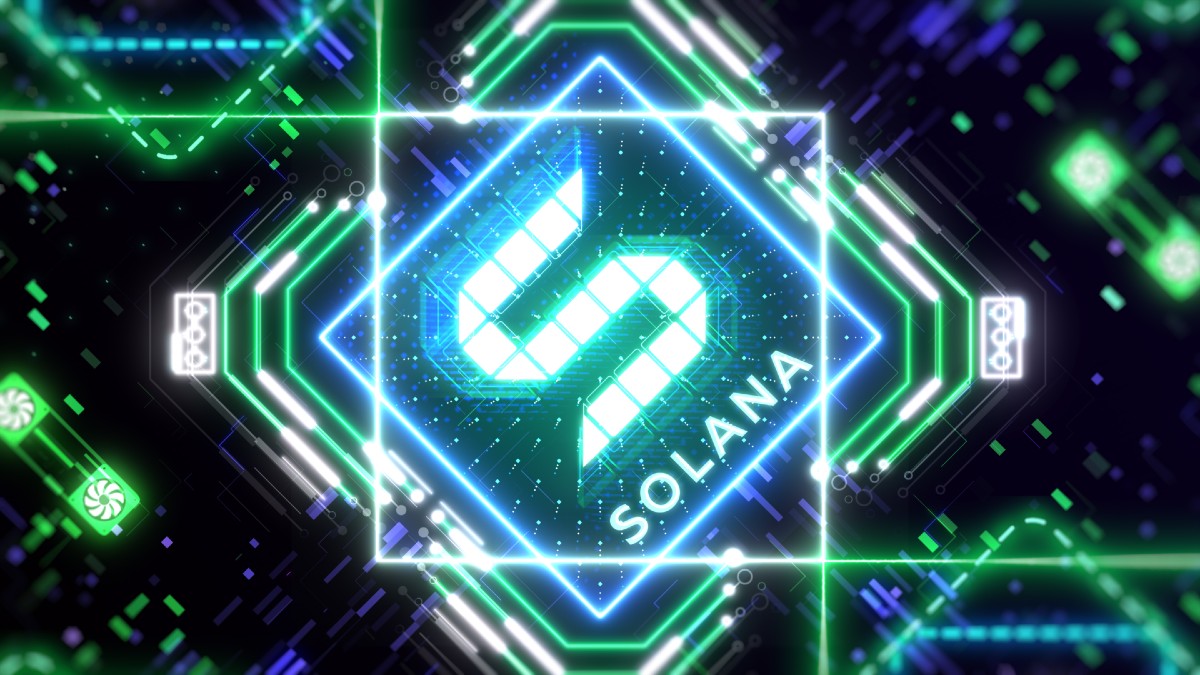
If you’re interested in learning more about how Solana works, with in-depth technical explanations of the blockchain and its rules, you can read all about it in the Solana whitepaper.
Along with the expected pros of blockchains, like decentralization, security, and immutability, Solana’s speed makes it an excellent place for decentralized finance (DeFi) applications, but also dapps like games. Its speed ensures that a network congestion is extremely unlikely to happen, so fee prices are quite low compared to its competitors.
All of this means that Solana is now the home to many projects of all sorts, with something for everyone—all of which users can access using SOL tokens.
SOL Token
The SOL token is the backbone of the Solana network. It is used to pay gas fees on the network, but also for staking, so users can support the network’s security and earn inflationary rewards. The token was launched amid the release of the beta mainnet in March 2020. As of the time of writing, in September 2021, it is the seventh largest token by market cap according to data from aggregator CoinGecko. It reached its all time high on September 9th, when it was trading at USD 213.47 per coin. With a market cap of around USD 40bn, Solana’s token is firmly wedged into the top 10 cryptocurrencies.
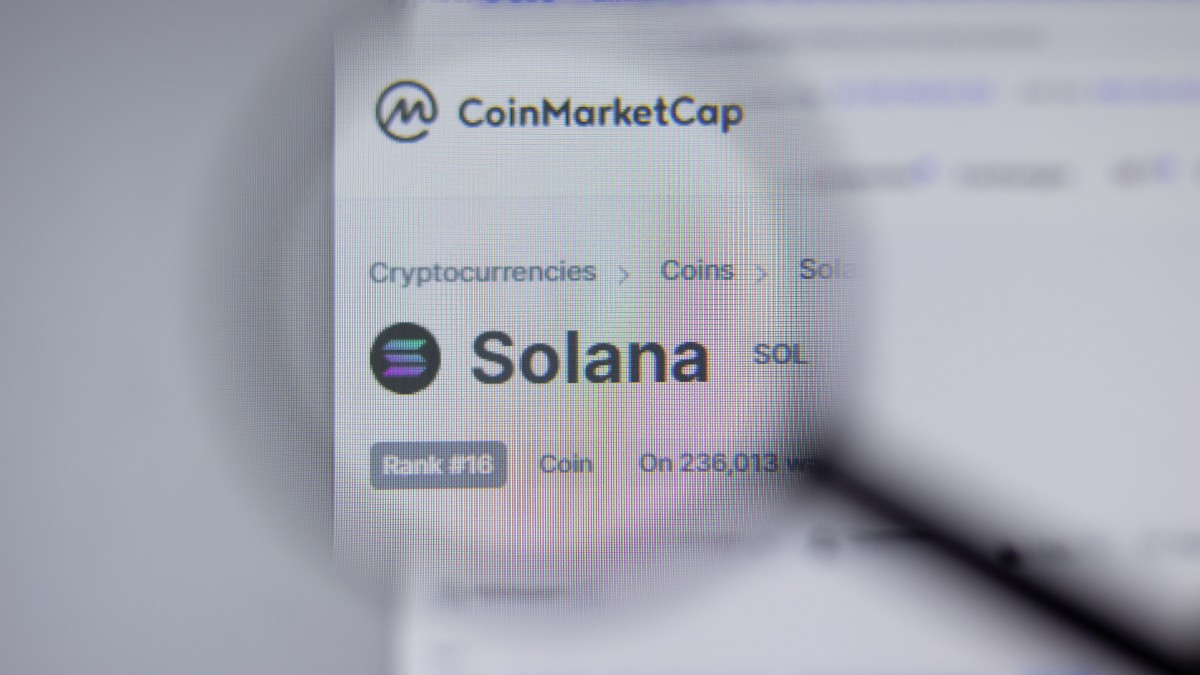
SOL Wallets
Before you buy Solana’s token, you need to have a wallet where you can store your holdings. The wallet you choose will depend on your personal requirements, but also on your comfort with technology; the vast majority of users will need to choose a third-party wallet with an intuitive interface, while those who know their way around their command-line app (advanced users or developers) could opt for those, as new features on the Solana blockchain will always be supported on the command line first before being integrated into third-party solutions.
If you’re sticking with third-party wallets, you can choose between mobile apps and web wallets. Some mobile app wallets that support solana are:
- Exodus
- Trust Wallet
- Coin98
- Zelcore
Out of all these wallets, only Exodus supports staking (more on that further down), but Zelcore can also connect to all Solana-based dapps, as well as trade numerous other cryptos.
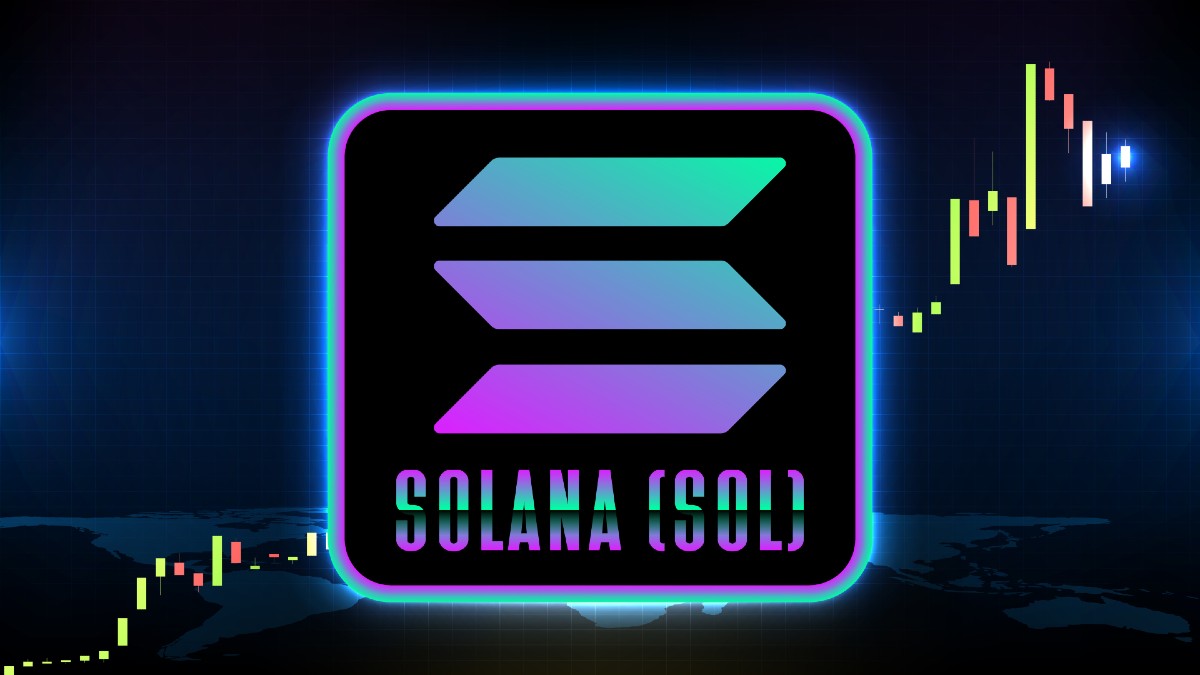
On the other hand, if you spend the majority of your time on a PC, a web-based wallet may be more intuitive to use. Some of these include:
- Phantom
- Solflare
- Sollet
- MathWallet
- BitKeep
The first two support staking as well. Sollet, MathWallet, and BitKeep support all Solana-based tokens aside from SOL, but MathWallet apps do not, which means you will only be able to store your SOL holdings on the web version of the wallet.
Those who have SOL lying around may be interested in staking.
How to Stake SOL
Staking SOL tokens is one of the best-known ways to earn passive income by simply not being able to spend your SOL holdings. To do so, all you have to do is stake tokens to one or more validators on Solana’s Mainnet.
First, you must use a wallet that supports staking. These include:
- Phantom.app in conjunction with a seed phrase or a Ledger Nano.
- SolFlare.com in conjunction with a keystore file or a Ledger Nano.
- Solana command line tools can perform all staking operations in conjunction with a CLI-generated keypair file wallet, a paper wallet, or with a connected Ledger Nano.
- Exodus wallet—but you are automatically assigned their partner validator instead of choosing your own.
- Binance and FTX exchanges—again, you can only stake to their partner validator here.
Once you’ve chosen your method, you will have to follow the instructions of the wallet you are going with, as each will work slightly differently. However, they all have detailed guides, so you’re unlikely to get lost in the meantime. The account used for staking will be different from the one you use to send and receive tokens.
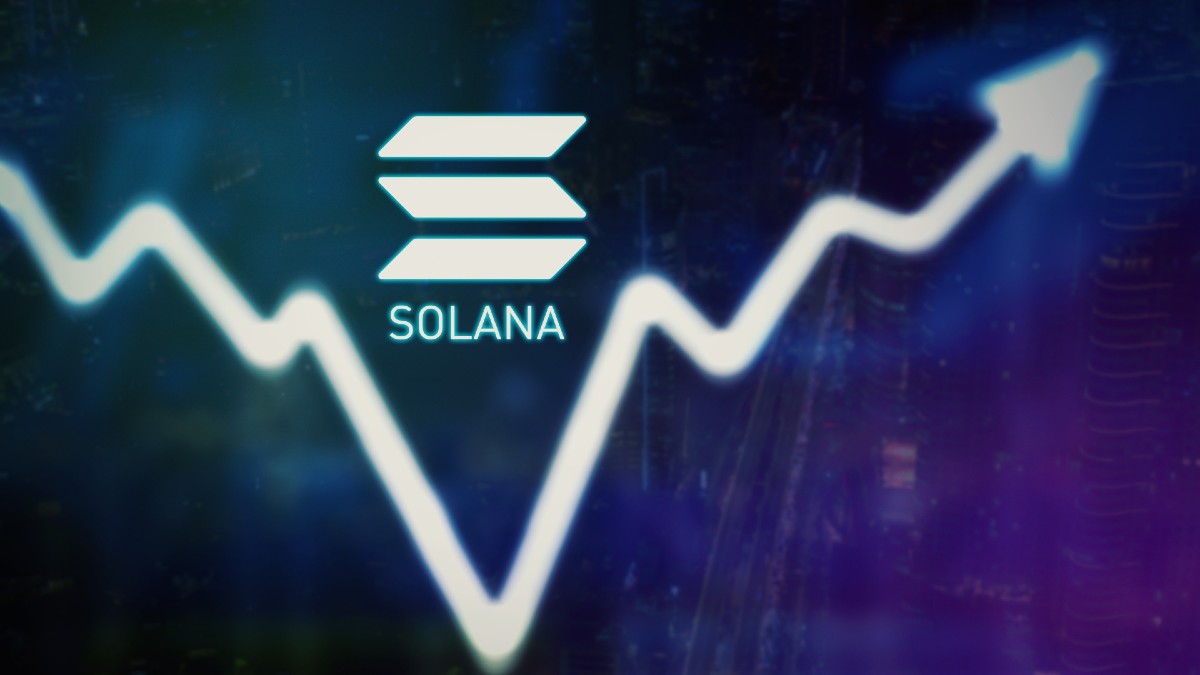
If you’re using a wallet that lets you choose your own validator, you will have to make that choice as well. There are no right or wrong answers here—this is something you have to do by yourself, as the network does not endorse anyone, in the interest of decentralization. After that, your wallet of choice will also have the steps you need to follow in order to delegate your stake.
Solana Ecosystem
At the time of writing, there were 368 dapps on the Solana blockchain. Most of them are DeFi-related, but many are also non-fungible token (NFT) projects, various explorers and tools, etc. They are all listed on the Solana website, with their names and short descriptions readily available. Some of the projects have a more detailed description when you click on them, offering a very intuitive way to research what they are and how they work. You can also click on Learn More, which takes you to the website of the dapp.
Additionally, Solana has a Developers tab on their website, which offers access to all resources required to develop on the Solana blockchain. This also includes blog posts for total beginners, with high-level explanations of what the project is and how it works, walkthroughs, videos, courses on how to build on the network, as well as various other tools. All of these make it relatively easy for developers to join the ecosystem.
Solana Block Explorer
Block explorers are used for more than just tracing your own transactions. In essence, a block explorer is a blockchain search engine that allows you to search for a particular piece of information on the blockchain. Aside from transaction information, this includes the current hash rate and transaction growth, gas fees, and other info related to the blockchain.
The Solana block explorer will show you the circulating supply, active stake, and current price of the token, as well as a myriad of other, increasingly complex things that you may or may not need. This includes live transaction stats, so you can see the transaction speed of the network, any changes it has gone through, and generally just ascertain the health of the network.
The Supply tab will also let you see the top 20 largest holders of all circulating SOL tokens. Clicking any of them brings up all available data—as with any address—like their previous transactions, activity, etc.
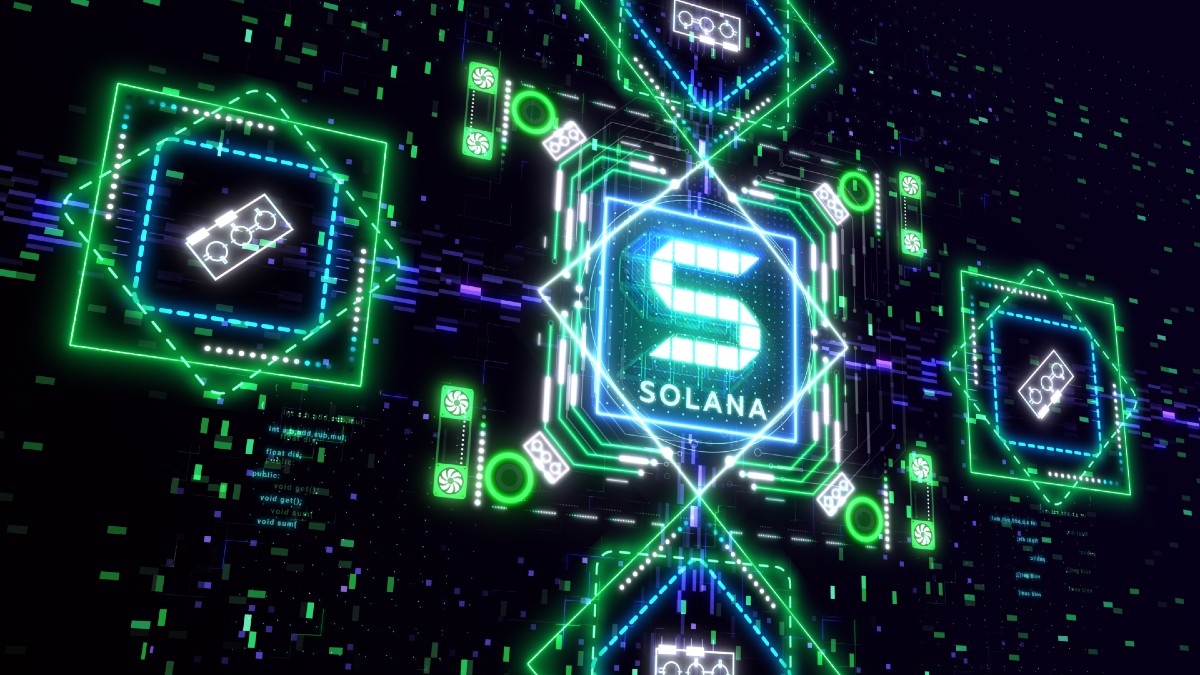
Where to Buy Solana (SOL)
If this guide has helped you decide you need to get your own SOL, you may want to learn how you can buy the tokens. Many exchanges already have the token listed, so if you have an account on any, you can check to see if you can buy it there. But if you’re still looking for the best place to buy Solana (SOL), here are five trustworthy exchanges with great liquidity.
While this guide will offer you a starting point for purchasing SOL tokens, you should still do your own research beforehand.
